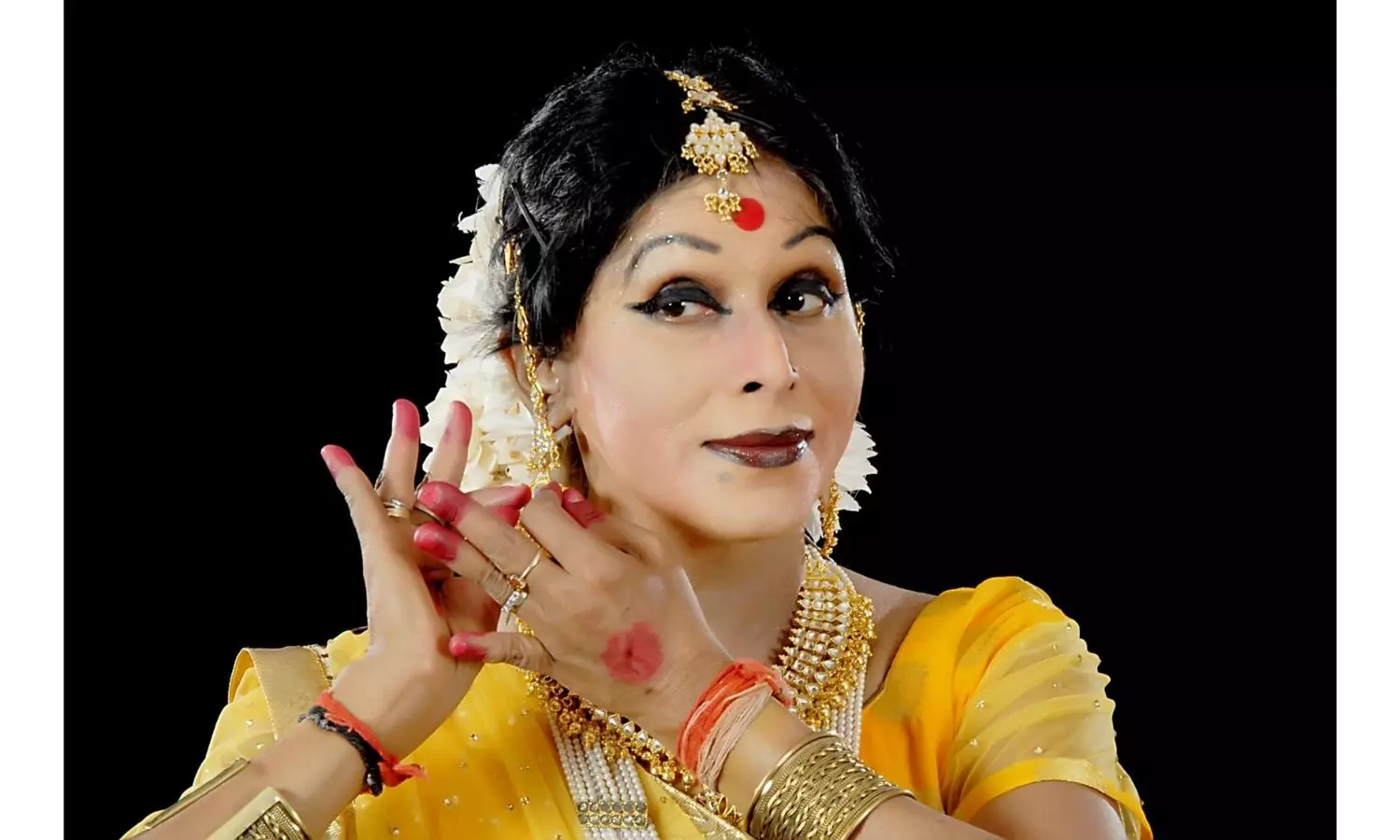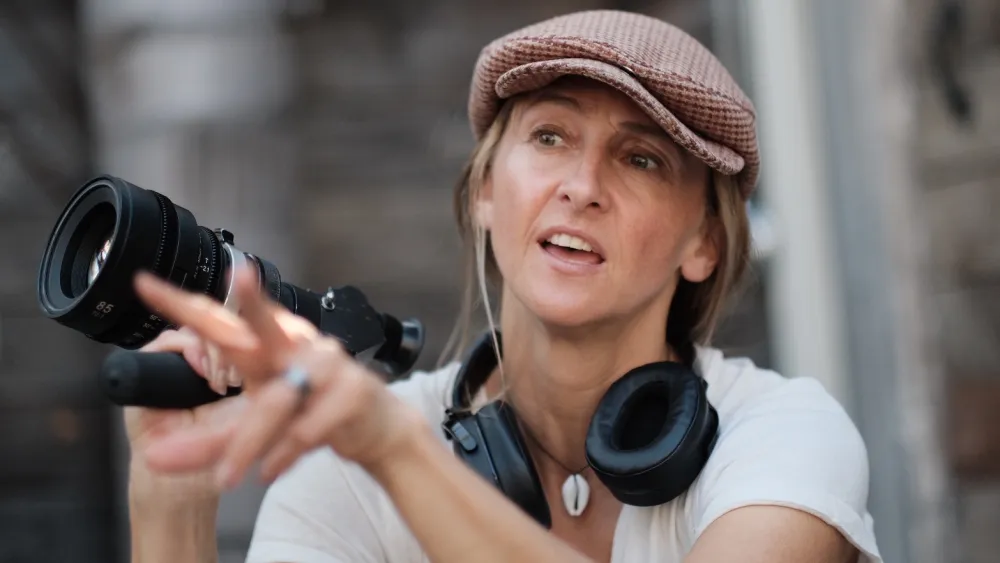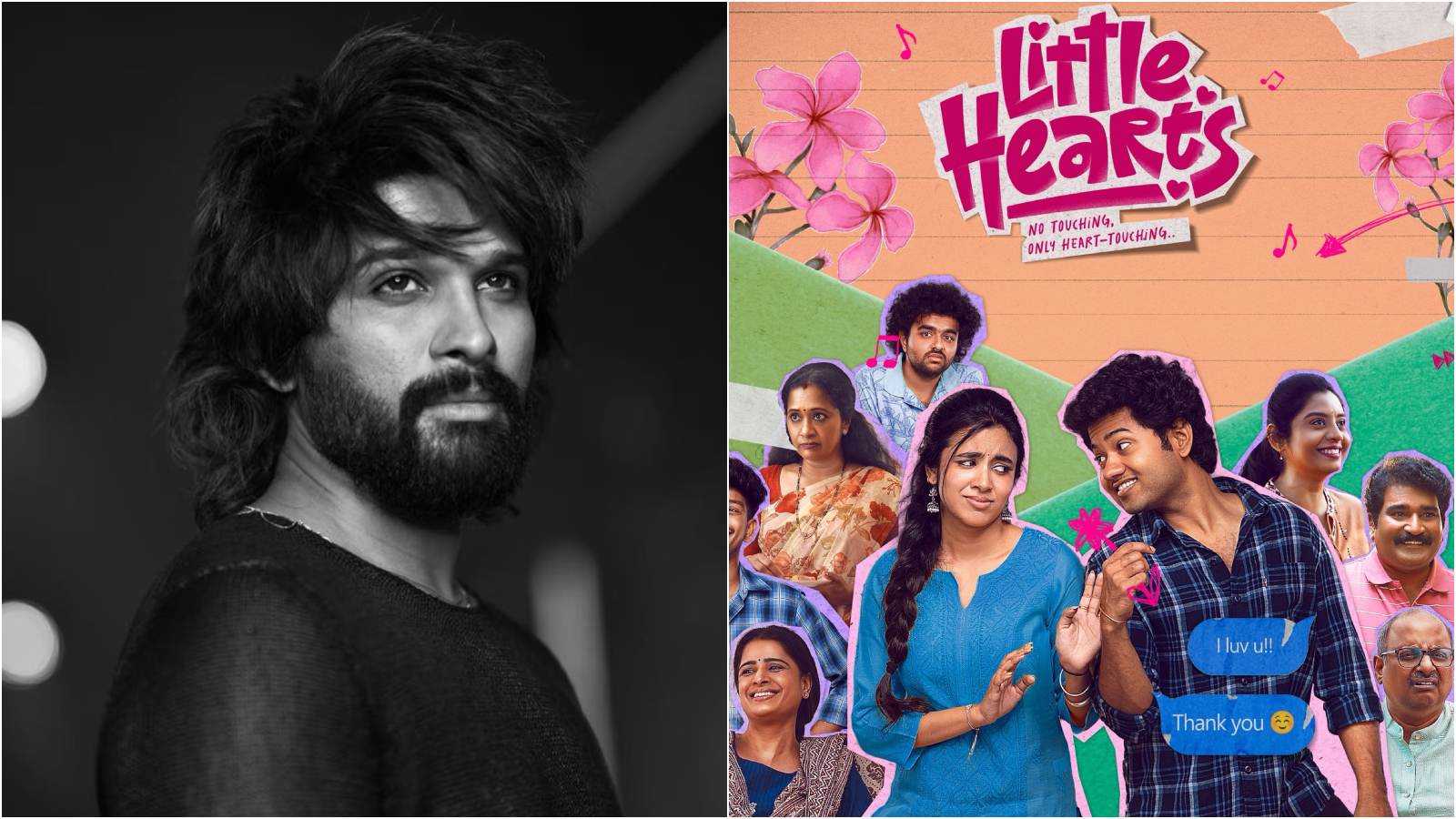By Reshmi AR
Copyright deccanchronicle

As the LalitArpan Festival returns for its 24th edition with the theme “Antah-Shakti: Courage and Hope,” Kathak maestro Padmashri Guru Shovana Narayan reflects on dance as a mirror to the self and a vessel of resilience. Curated with stories of survival and transformation—from cancer warriors to an acid attack survivor and a transgender artiste—the festival (October 8–9, 2025, at the India Habitat Centre, New Delhi) continues its legacy of blending tradition with contemporary relevance. In this conversation, Shovana-ji speaks about Kathak’s timeless ability to address social realities, the evolving journey of the festival, and how she has always found her truest expression through the language of dance. Excerpts from an exclusive interview This year’s theme, Antah-Shakti: Courage and Hope, brings stories of resilience, survival, and transformation to the stage. What drew you to this theme, and how do you see dance as a medium to embody courage? Dance is beyond just mere entertainment. It has to have a purpose as is beautifully expressed in Chapter 1 of the Natyashastra. While showcasing the beauty of life, yet we also need to hold a mirror to our inner self. Such presentations make the message resonate deeply with the audience who till then, may have just not thought about it in depth, potentially transforming their perceptions and thought processes. It also enables individuals to view vulnerability as a form of strength, cultivate self-assurance through practice and connection, and access a distinctive inner power that empowers them to overcome fear and reveal their authentic selves. Therefore, for both performers and spectators, dance presentations centred on these themes promote a significant awareness of self, resilience in the face of life’s challenges, and a shift in perspectives. The festival features powerful personal narratives — from cancer survivors to an acid attack survivor and a transgender artiste. How do you balance storytelling with classical form in such productions? Classical dance with all its ‘margam’, is yet all about, an outward expression of our deep inner emotions. Enactment of tales, legends such as those from the Puranas and ancient texts are part of the classical dance genre and such contemporary tales too are in the same vein. If classical dance can show the de-robing of a Draupadi and her trauma, so can the trauma of an acid attack victim be shown.You have been running LalitArpan for 24 years now. Looking back, how do you feel the festival has shaped opportunities for young dancers while also offering fresh perspectives to audiences? Looking back, it is satisfying to see the enduring cultural value of dance and its traditions and history. It has been a crucial stage for established professionals to maintain relevance and for emerging talent to gain recognition and inspiration and motivation to pursue and further hone their art. I am happy that it has been an enriching cultural experience with beautiful artistic expressions, inspiring viewers and cultivating an appreciation for the art of dance.Kathak has always been known for its rhythmic brilliance and storytelling. Over your seven-decade-long journey, how have you seen the art evolve, especially in engaging with contemporary social issues? Kathak, with all its technical brilliance and soulful abhinaya nuances, has always been engaging with contemporary social issues in all the ages. I once again draw the attention to the vision and mission of dance as laid out in Chapter 1 of the Natyashastra and we find that the Kathaks have always lived it, breathing and living the spirit of ‘kanta sammit updesh’, not only as entertainers, but as narrators of ‘dharma’. You have pursued parallel careers — as a Kathak maestro and as a senior civil servant. How did each world influence the other, and what kept you rooted in dance despite the demands of bureaucracy? Since childhood, my feet have always been on two boats, namely dance which is my ‘atma’, my soul, my breath and studies that later was replaced by civil service which nurtured my being. Hence there were no contradictions. The two helped me not to lose sight of sensitivity, compassion and humanity and ensured that the head was firmly in its place and the feet were on the ground and the awareness that power and position were only illusionary, a ‘maya’. You have been called a pioneer for pushing the frontiers of Kathak, yet always staying true to its classicality. How do you personally define that balance between tradition and innovation?Kathak is my language, my medium of expression and it is through Kathak that I express myself best. At any point of time, each one of us is not the same as yesterday. Without realizing we all change subtly, imperceptibly. In life too, in the manner of living, we are traditional yet we move with time, innovating within that tradition. Similarly, in dance. Further, what others see as ‘innovation’ is but just a natural extension of…



